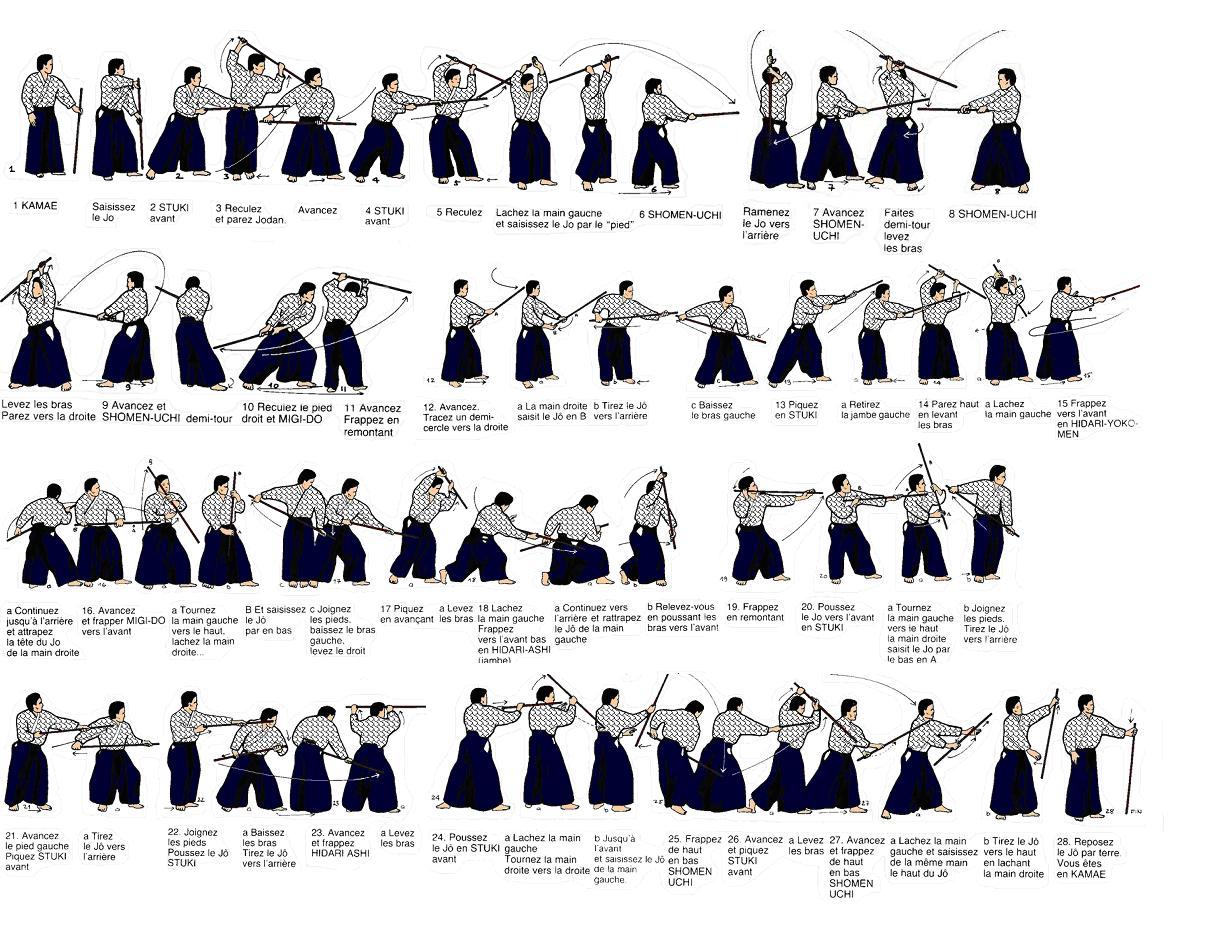

According to Dickstein, the DSM-5 attempts to: Additionally, some clinicians have questioned the preclusion of ODD when conduct disorder is present.

Some clinicians have debated whether the diagnostic criteria would be clinically relevant for use with women, and furthermore, some have questioned whether gender-specific criteria and thresholds should be included. Since the introduction of ODD as an independent disorder, the field trials to inform its definition have included predominantly male subjects. Oppositional defiant disorder was first defined in the DSM-III (1980). One half of children with ODD also fulfill the diagnostic criteria for ADHD. Unlike conduct disorder (CD), those with ODD do not show patterns of aggression towards people or animals, destruction of property, theft, or deceit. This behavior is usually targeted toward peers, parents, teachers, and other authority figures. Oppositional defiant disorder ( ODD) is listed in the DSM-5 under Disruptive, impulse-control, and conduct disorders and defined as "a pattern of angry/irritable mood, argumentative/defiant behavior, or vindictiveness". Insufficient care for the affected child during early developmentĬonduct disorder, Disruptive mood dysregulation disorder, Attention-deficit hyperactivity disorder, bipolar disorder, Autism spectrum disorder, a Psychotic disorder, Borderline personality disorder, Major depressive disorderĬognitive behavioral therapy, family therapy, intervention (counseling) Recurrent patterns of negative, hostile, or defiant behavior towards authority figuresĬhildhood or adolescence (Can become evident before 8 years of age) Medical condition Oppositional defiant disorder


 0 kommentar(er)
0 kommentar(er)
